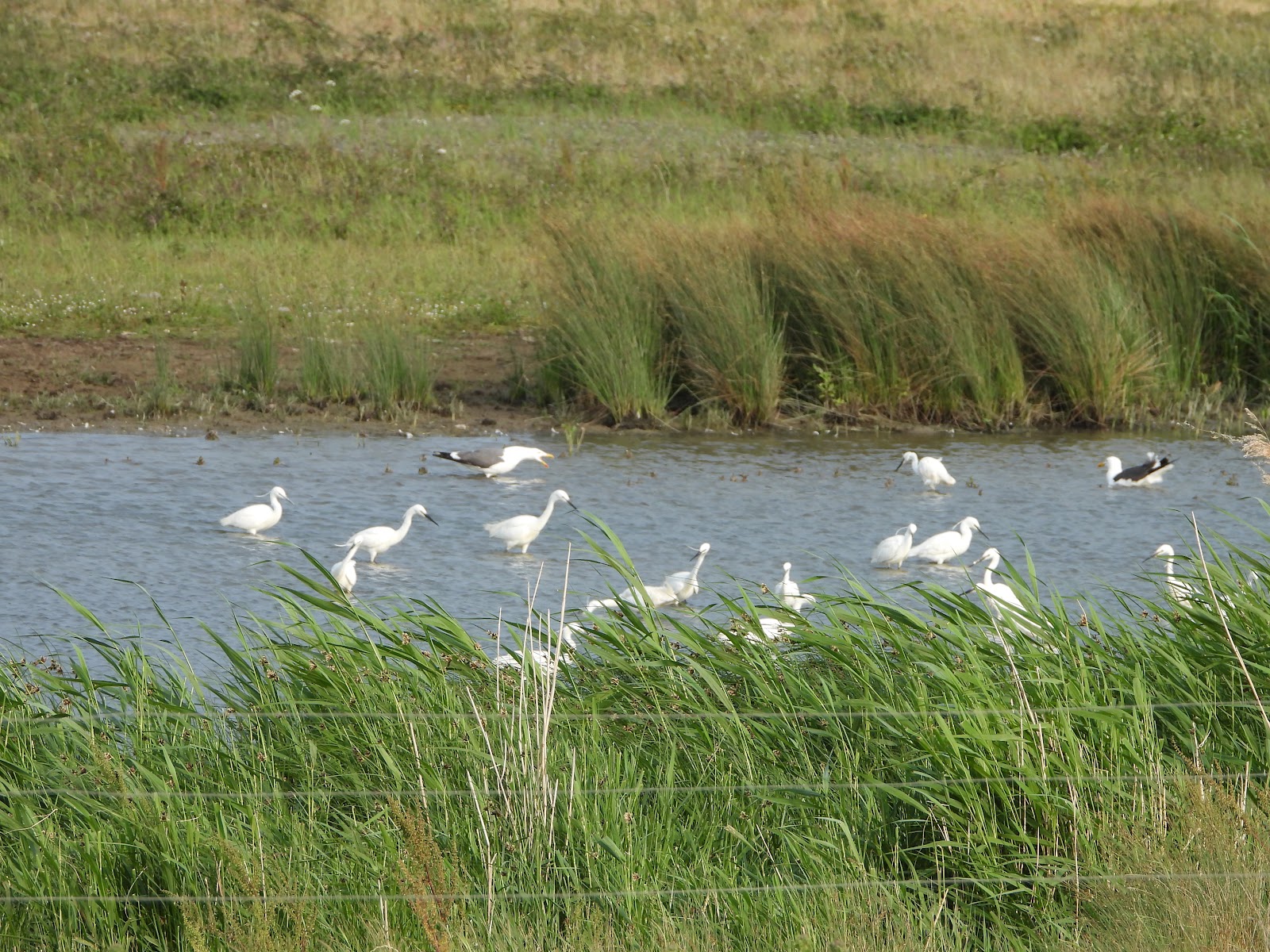The pine nut crackers

(Article written for the Majorca Daily Bulletin as part of my weekly 'Wild Mallorca' column. Pictures copyright Neville Davies) Adult male Son Real Woods Mallorca Mallorca has a member of the finch family that is packed with character, quite large and with a unique shaped bill. Here, the Common Crossbill (Loxia curvirostra balearica) is a sub-species that in Catalan goes by the name of 'Trencanpinyons', or 'pine nut cracker', or Piquituerto común in Spanish. They have a length of 15 - 17cm with a wingspan of 27 - 30cm and a weight between 40 and 53g. The familiar 'chip chip chip' calls always give away their presence, and they utter these calls both when feeding and flying to and from feeding areas in their small groups. Cases Velles on the Formentor road is my favourite site to visit to see these colourful finches, and where Mediterranean Flycatchers and Firecrests can also be added to the day's list. Mondrago is another good site as like Cases Ve...





